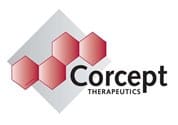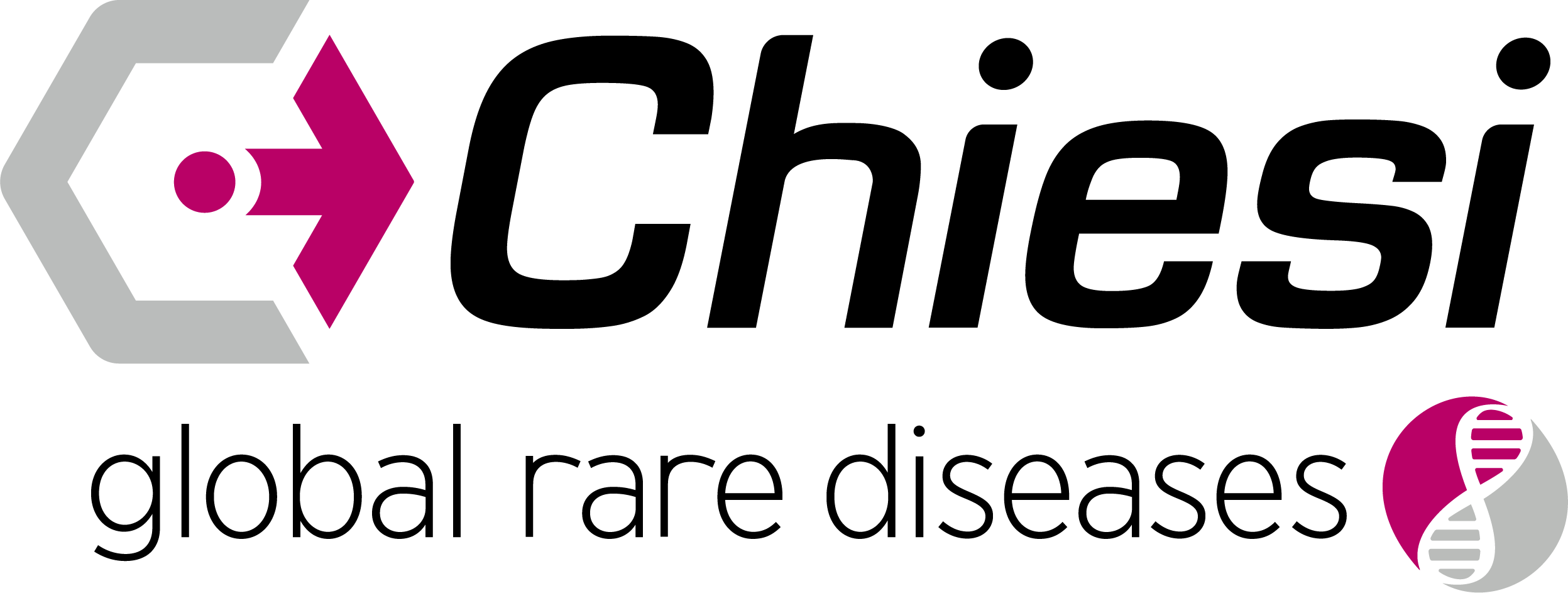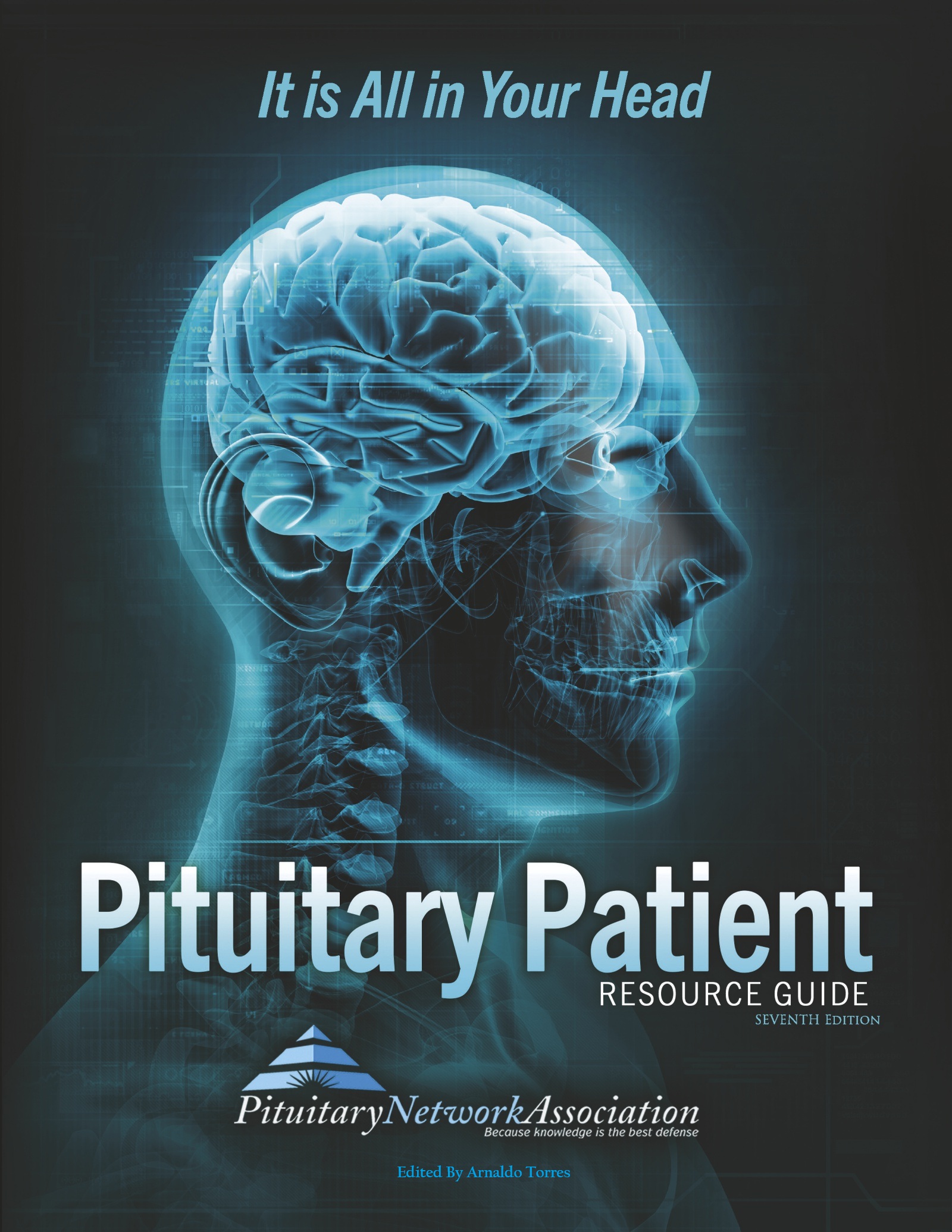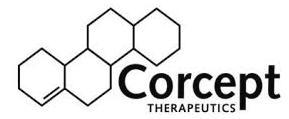News Articles February 2022
Written on 04 February 2022.
Atrophy
A wasting of tissues, organs, or the entire body.
Muscle atrophy can be caused by lack of physical exercise (Disuse atrophy), and can be reversed by exercise. But the second and most severe type of muscle atrophy is neurogenic atrophy. It occurs when there is injury or disease to a nerve. This type of muscle atrophy tends to occur more suddenly than disuse atrophy. Diseases affecting the nerves that control muscles are poliomyelitis (polio), amyotrophic lateral sclerosis (ALS or Lou Gehrig’s disease), and Guillain-Barre syndrome.
Attenuation
A decrease in vitality or pathogenicityof a microorganism or in the severity of a disease.
In radiology; the loss of energy of a beam of radiant energy due to absorption, scattering, beam divergence, and other causes as the beam propagates through a medium.
Audiometry
A test to measure hearing.
An audiology exam tests the ability to hear sounds by intensity (volume or loudness) and tone (the speed of sound wave vibrations). Sound waves move to the nerves of the inner ear and then the brain and can travel to the inner ear by air conduction (the ear canal, eardrum, and bones of the middle ear) or bone conduction (through the bones around and behind the ear).
Autologous
Coming from the same individual, as opposed to being donated by another individual.
Taken from an individual’s own blood, tissues, cells, or DNA.
Autosomal Kallman’s Syndrome
A form of inherited Kallmann’s syndrome which affects both men and women, because the sex chromosomes are unaffected.
Kallmann syndrome is a condition characterized by delayed or absent puberty and an impaired sense of smell. This disorder is a form of hypogonadotropic hypogonadism (HH), which is a condition affecting the production of hormones that direct sexual development. Males with hypogonadotropic hypogonadism are often born with an unusually small penis (micropenis) and undescended testes (cryptorchidism). At puberty, most affected individuals do not develop secondary sex characteristics, such as the growth of facial hair and deepening of the voice in males. Affected females usually do not begin menstruating at puberty and have little or no breast development. In some people, puberty is incomplete or delayed.
Autosomes
Those chromosomes which are not the sex chromosomes.
In humans, each cell normally contains 23 pairs of chromosomes, for a total of 46. Twenty-two of these pairs, called autosomes, look the same in both males and females. The 23rd pair, the sex chromosomes, differ between males and females. Females have two copies of the X chromosome, while males have one X and one Y chromosome.
Axillary Lymph Nodes
Lymph nodes in the armpit region that drains lymph channels from the breast.
Numerous nodes around the axillary (below the shoulder joint) veins which receive the lymphatic drainage from the upper limb, scapular region and pectoral region (including mammary gland); they drain into the subclavian trunk.
Bacteria
Single-celled microorganisms.
Bacteria are single-celled microorganisms which can exist either as independent organisms or as parasites (dependent upon another organism for existance).
Examples of bacteria are Acidophilus, Chlamydia, Clostridium welchii or gangrene, E. coli, and Streptococcus or strep throat.
Benign
Not malignant, not cancerous.
In reference to a tumor; an abnormal mass of tissue that results when cells divide more than they should or do not die when they should. Tumors may be benign (not cancerous), or malignant (cancerous).
BIA
Bioelectric impedance. A non-invasive technique for measuring body composition.
Bioelectric impedance analysis is a method for determining the lean body mass. One type of BIA involves standing on a special scale with footpads while a small amount of electrical current is sent through the body to calculate the percentage of body fat. Another type of BIA involves electrodes placed on a wrist, an ankle, the back of the right hand and the top of the foot. The change in voltage between electrodes is then measured and body fat percentage is calculated.
Available Now!
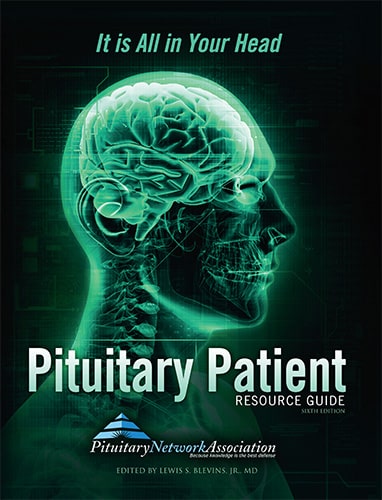
The Pituitary Patient Resource Guide Sixth Edition is now available! Be one of the first to have the most up-to-date information. The Pituitary Patient Resource Guide a one of a kind publication intended as an invaluable source of information not only for patients but also their families, physicians, and all health care providers. It contains information on symptoms, proper testing, how to get a diagnosis, and the treatment options that are available. It also includes Pituitary Network Association's patient resource listings for expert medical care.

Xeris Pharmaceuticals is valued member of the PNA



